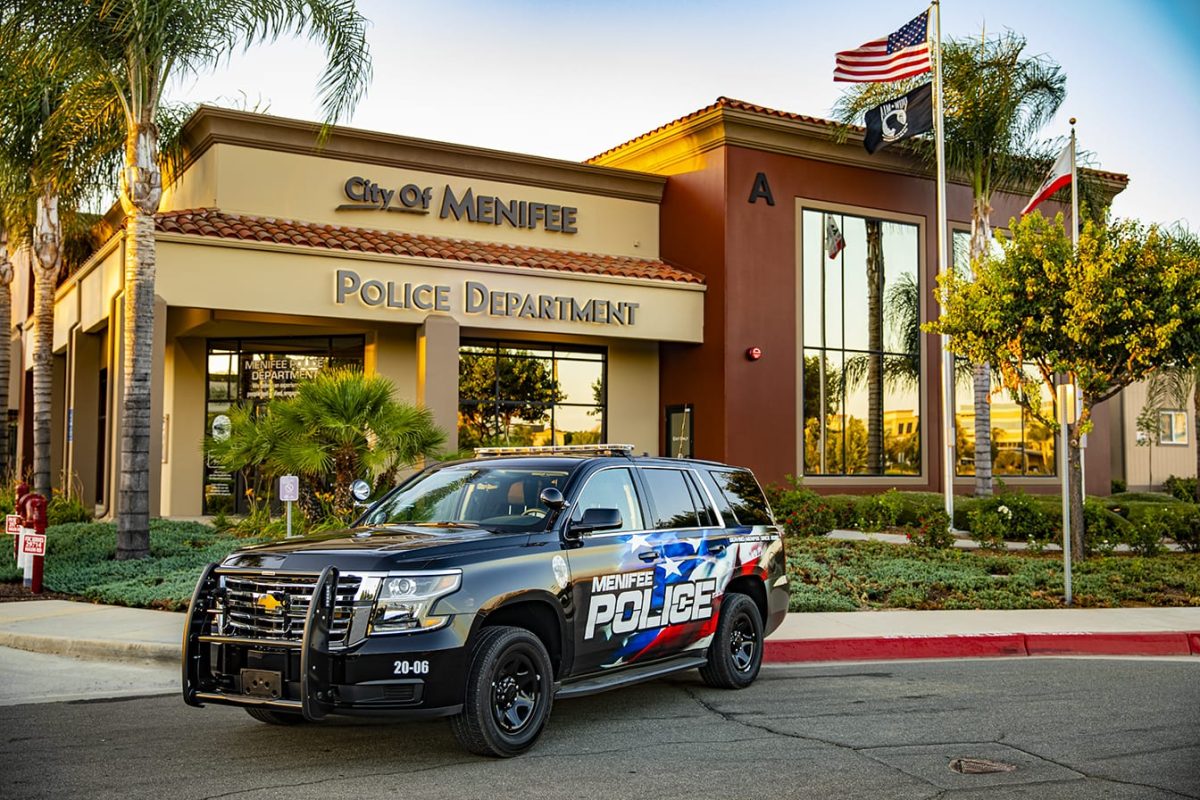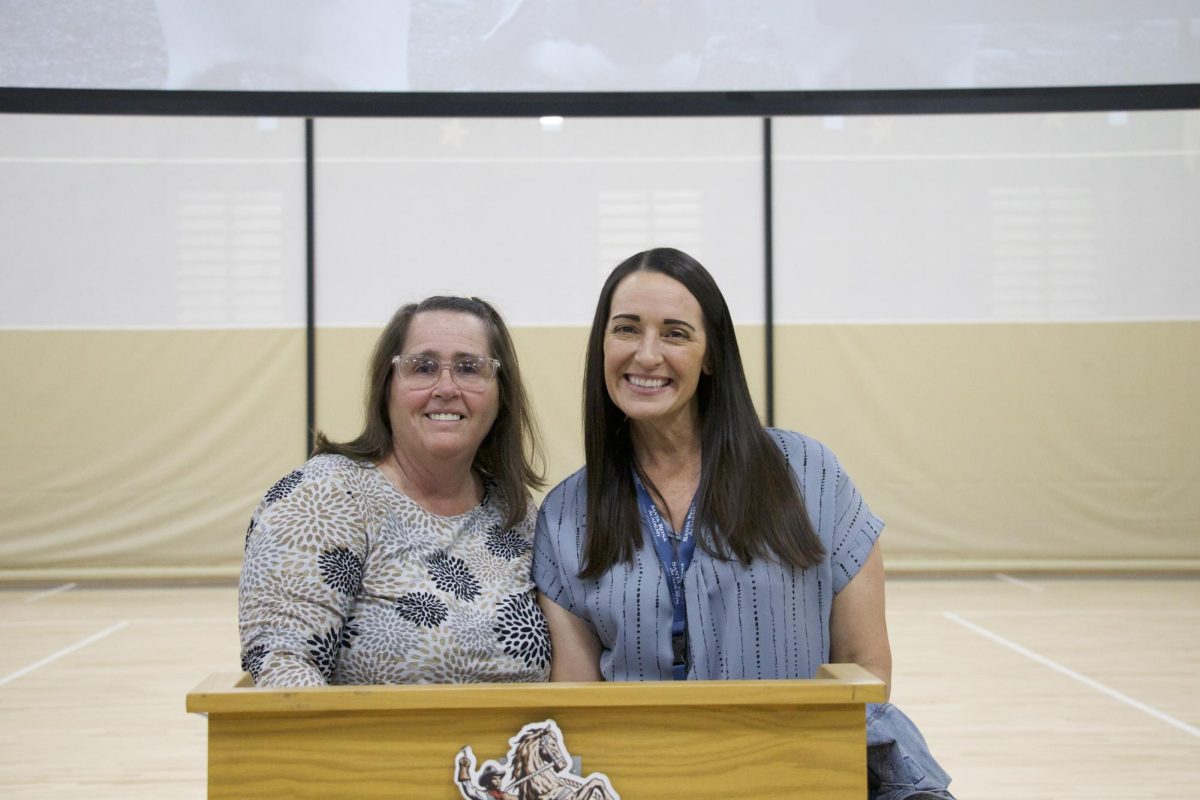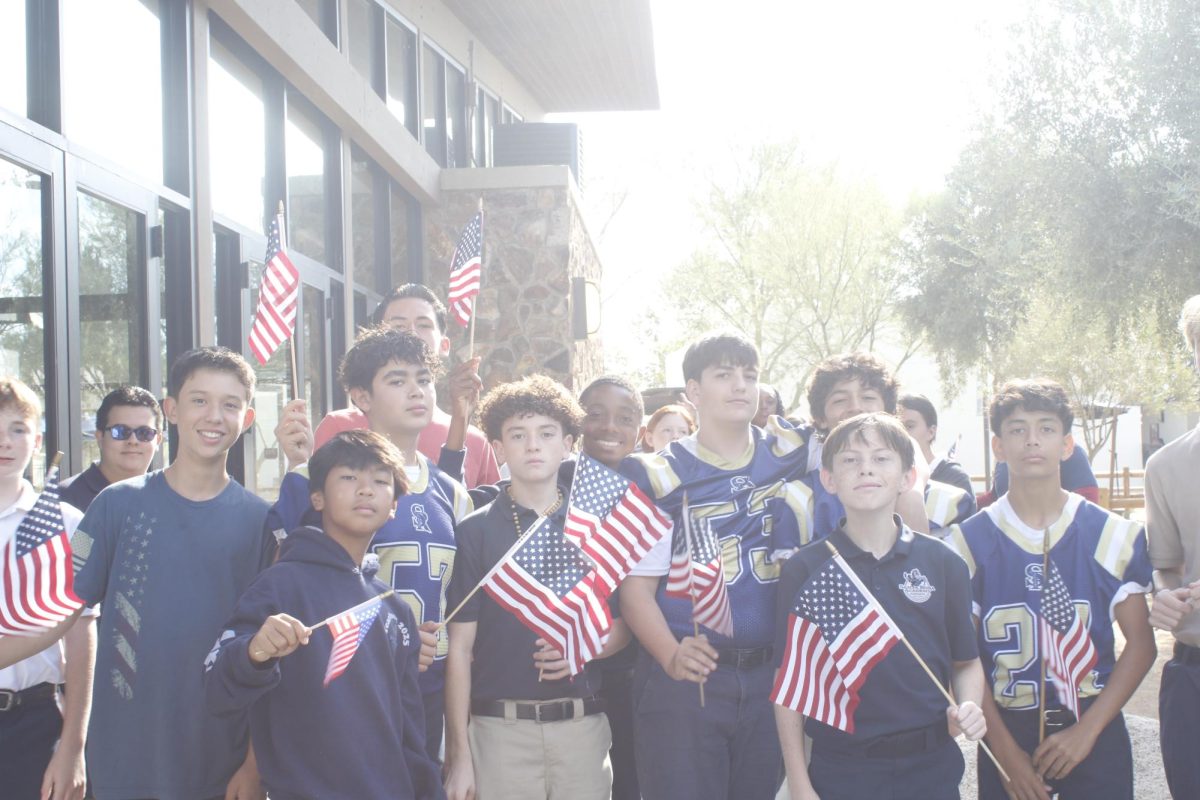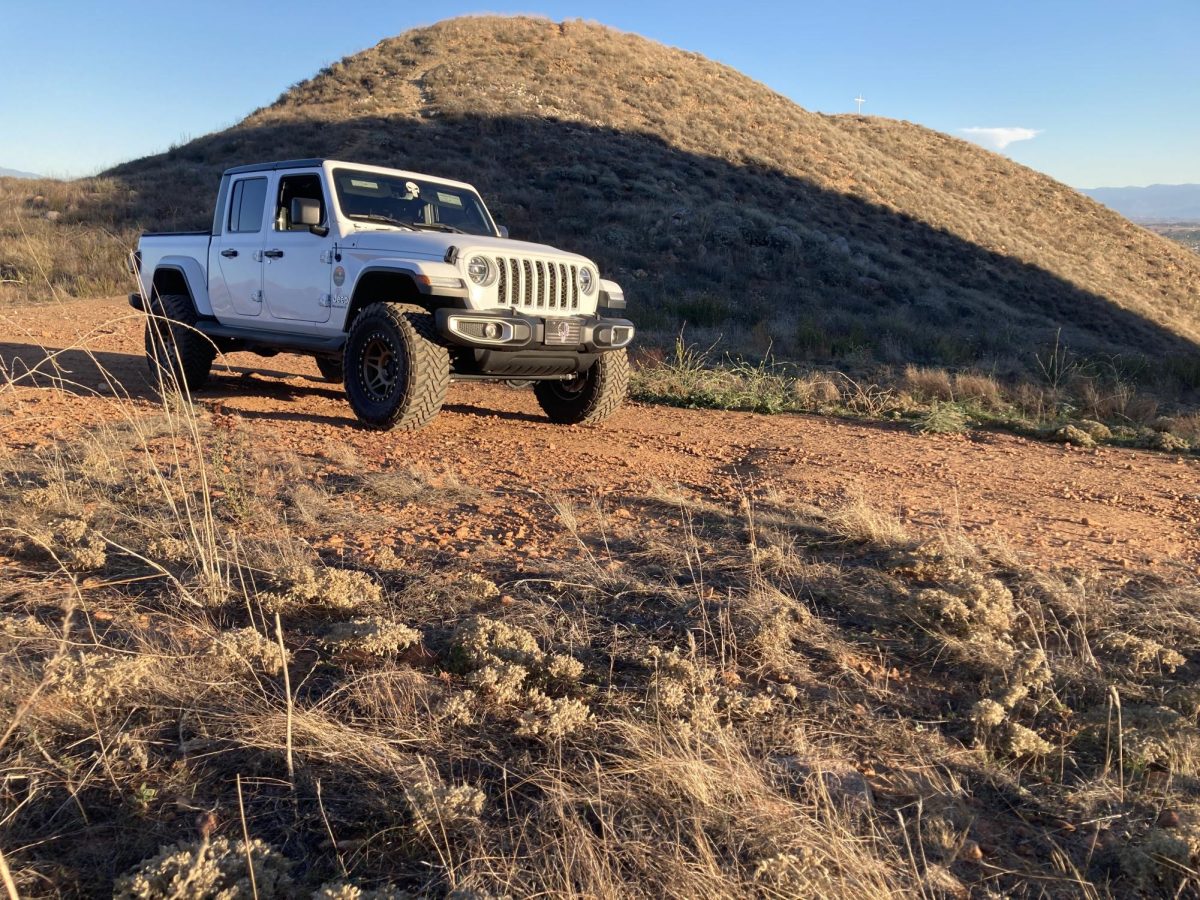“Go anywhere, do anything” is a slogan derived from the company that developed one of the most influential vehicles of the 1940s, which has been awarded with praise and recognition, Jeep.
With its unique body style and boxlike appearance, Jeep is the most notable vehicle on and off roads. Yet, the vast history behind the boxlike vehicle may not be as commonly known. From its introduction in the 1940s as a vehicle for military use, it’s now seen commonly on public roads and used in daily life.
“In June 1940, with World War II on the horizon, the U.S. Army solicited bids from 135 automakers for a 1/4 ton “light reconnaissance vehicle” tailored to Army specifications. Only three companies responded — Bantam, Willys, and Ford” (jeep.com)
The first two prototypes of Willies Overland Motors were completed in an astonishing 75 days, featuring a quarter-ton 4×4 system for the United States Army as a recognizance vehicle. Within a year, the first production jeeps were manufactured. However, the contract wasn’t awarded until July 1941 due to weight restrictions and rigorous testing.
General George C. Marshall, US Army Chief of Staff during World War II and later U.S. Secretary of State, described the Jeep® Brand 4×4 as “America’s greatest contribution to modern warfare”.
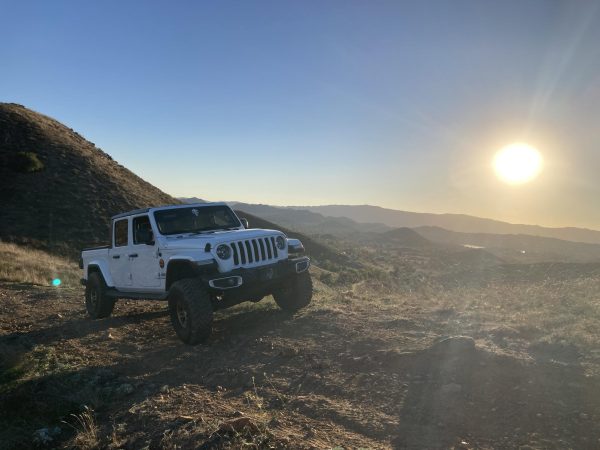
During World War II the jeep became an icon of America. It was a vehicle fighting for freedom and even got equipped with 50. caliber machine guns along with various other wartime equipment. It was a tool forged by war. However, the end of World War II didn’t mean the end for Jeep. The former wartime vehicle became a technological tool for farmers with multiple applications and farm implements with later models known as the “Willies Wagon,” “Willies Overland,” and the first station wagon produced by Jeep and the first truck as we now know today, as the “Jeep Gladiators.”
“Scripps Howard WWII Reporter Ernie Pyle once said, “It did everything. It went everywhere. Was as faithful as a dog, as strong as a mule, and as agile as a goat. It constantly carried twice what it was designed for and still kept going.” (jeep.com)




